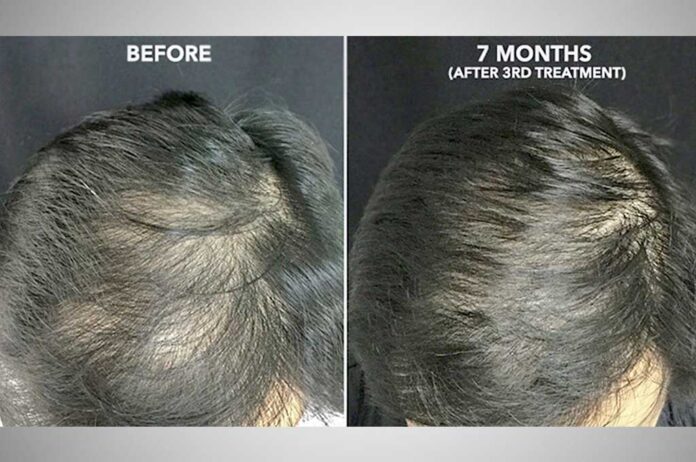The branch of medicine referred to as Regenerative Medicine applies to the practice of medicine that develops and uses therapies to help heal and restore areas of the body that are damaged or have undergone degeneration either by replacing damaged tissue or stimulating the body’s own repair mechanisms. Examples of such therapies include the use of cell therapies such as stem cells, engineered tissue (such as laboratory-grown organ tissue), and the use of PRP injections.
PRP stands for platelet-rich plasma and is obtained by first drawing, and then processing the patient’s blood in a centrifuge to separate out red blood cells from the platelets and the clear straw-like fluid known as plasma. The red blood cells are then discarded, and the platelets and a portion of the plasma are retained and reintroduced back into the body usually through injections. The platelets within PRP are regenerative powerhouses that contain an extremely high concentration of various growth factors and other bioactive proteins. When injected back into the body, a cascade of chemical and biological reactions are triggered in the area of the injection, reinvigorating the body’s own reparative processes.
PRP injections are becoming increasingly popular due to the increasing recognition that these treatments are safe (being derived from the patient’s own body) and can be effective for treating certain medical conditions, the growing patient demand for alternatives to surgery and medications, as well as the growing availability of commercial equipment needed to create PRP in doctor’s offices. PRP has been utilized in cardiac, dental and plastic surgery and has an established track record in orthopedics in treating musculoskeletal conditions such as certain types of arthritis, tendon and ligament injuries, as well as muscular strains. Professional athletes such as Tiger Woods and Rafael Nadal have received PRP injections to recover from musculoskeletal injuries.
While further research and investigation is needed to understand PRP better and what constitutes the best PRP preparation for what condition, as well as what conditions truly benefit from this treatment, the use of PRP is likely to continue to grow and diversify as a part of the exciting evolution in regenerative medicine.























